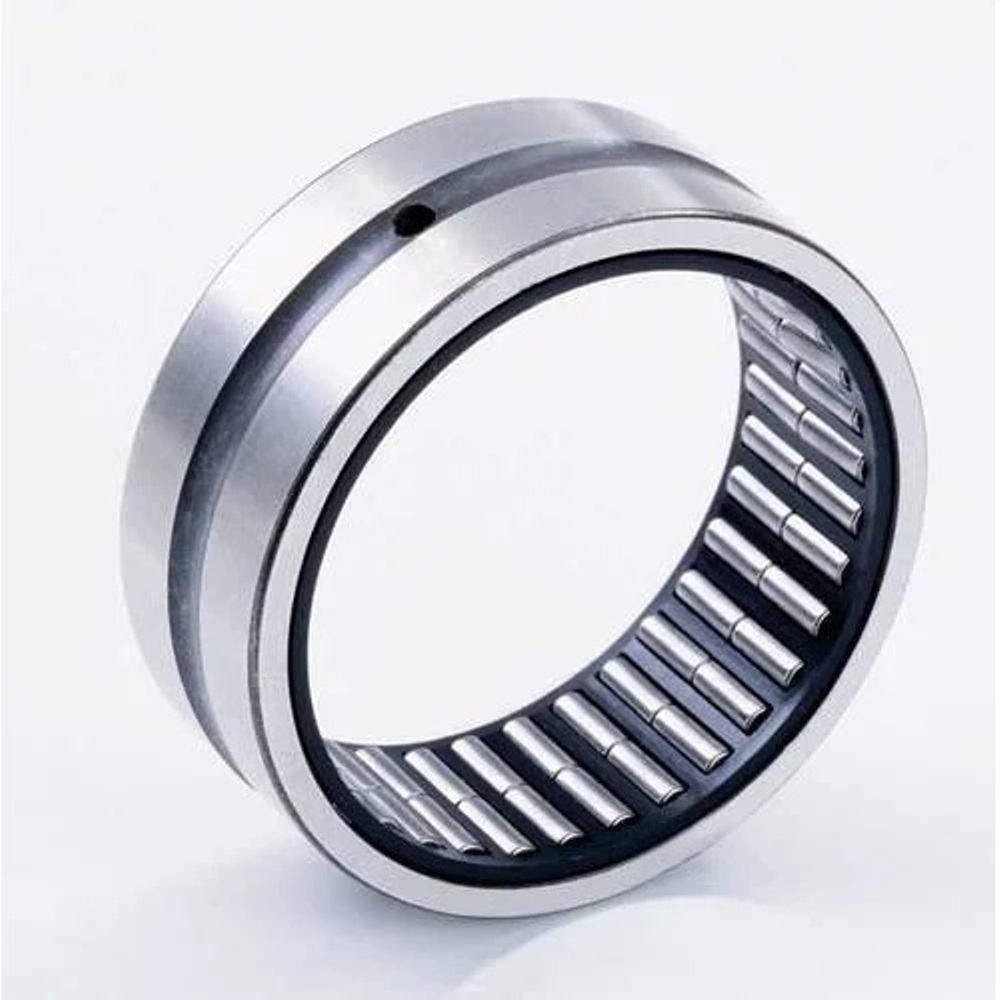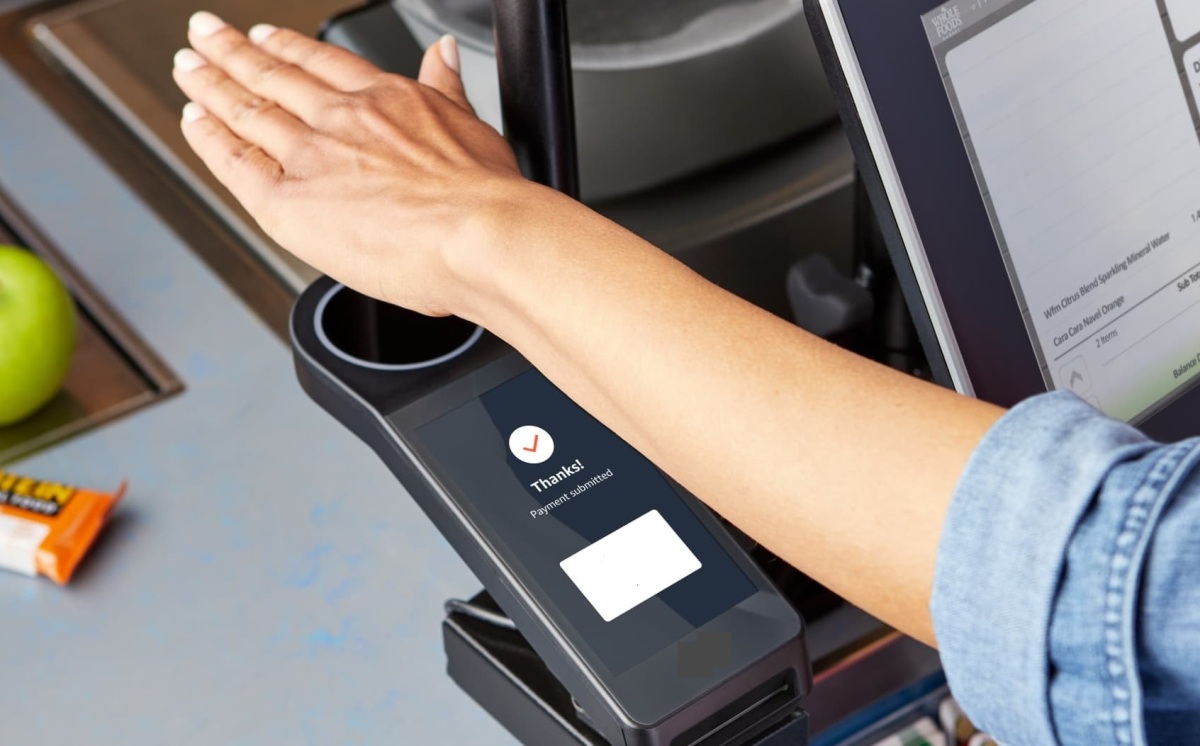
The global market for rheumatoid arthritis treatments is expected to grow at a CAGR of...
Learn More
Our consulting solutions address company specific challenges with respect to micro environment...
Learn More
Organizations frequently need day-today research guidancein order to gain strategic...
Learn More
Exploring different areas of market research and market analysis is a key factor...
Learn MoreAcute Market Reports presents the most extensive global business research services across industries. Our research studies focus on potential outcomes, benefits, and risks associated with each market segment across geographies. Having served our global clients for more than 10 years, our prime priority is to enable our clients in making well-informed business decisions through a data-driven, analytical, and uncomplicated research approach.
We provide access to the world's most comprehensive, analytical, and updated business intelligence services and solutions.




The automotive needle roller bearing market is expected to grow at a CAGR of 6.6% during the forecast period of 2025 to 2033. Automotive needle roller bearing market encompasses specialized bearings that utilize small cylindrical rollers to reduce fr...
Read More
The palm payment technology market is expected to grow at a CAGR of 25.3% during the forecast period of 2025 to 2033, driven by enhanced security, convenience, and integration with digital platforms. The market's expansion is supported by the increas...
Read More
The veterinary dental elevators market is a specialized segment within the broader veterinary medical devices market. Veterinary dental elevators are instruments used by veterinary professionals to elevate and extract teeth during dental procedures i...
Read More




